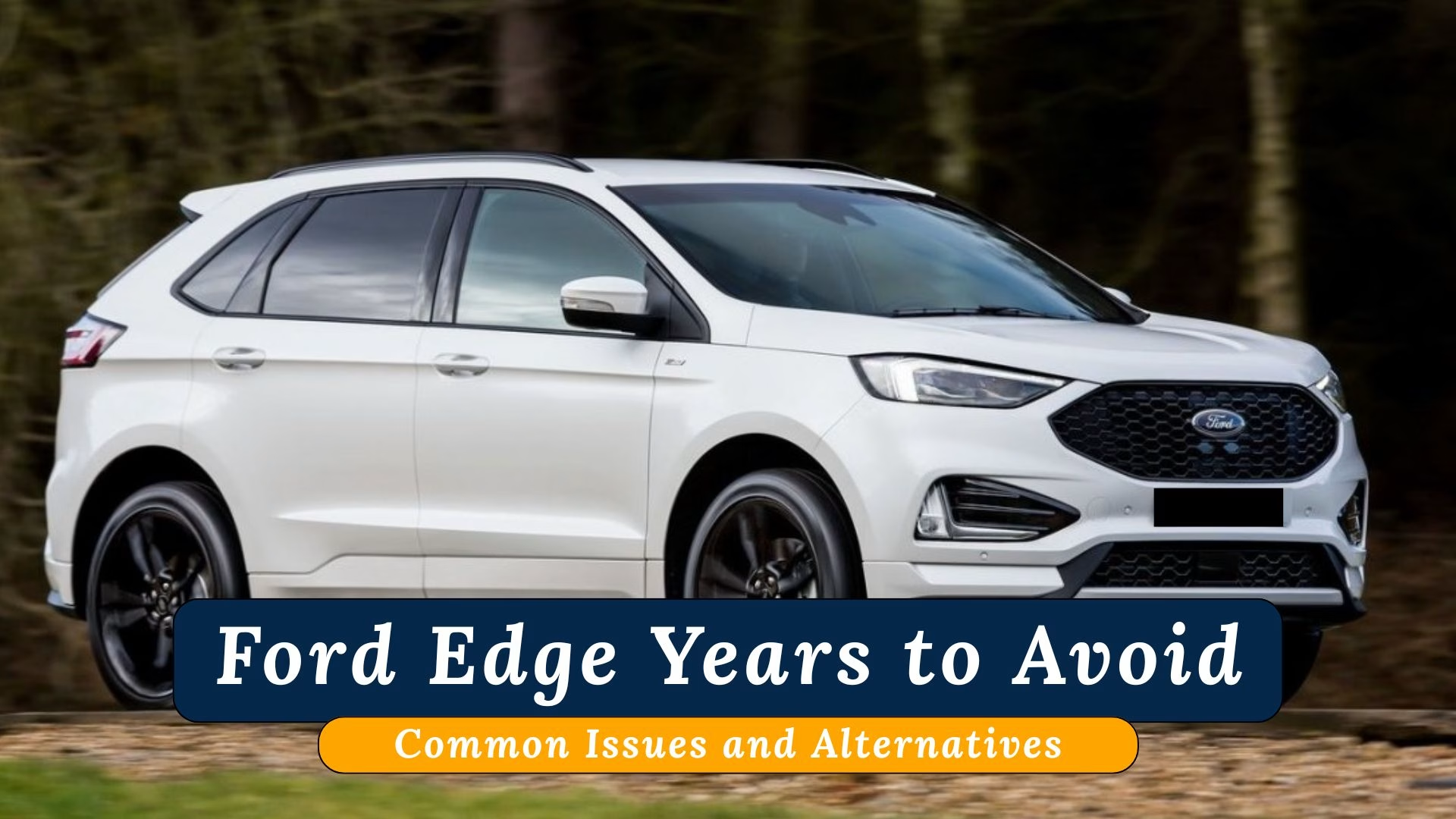
When considering a used Ford Edge, it’s essential to know which Ford Edge years to avoid due to common issues. The 2007, 2008, 2011, and 2012 models stand out for recurring problems such as transmission failure, electrical malfunctions, and brake booster issues. These years are notorious for costly repairs and unreliable performance.
On the other hand, the 2018 to 2021 Ford Edge models are widely regarded as the best years, offering strong reliability, modern features, and fewer reported issues. These newer models, with minimal complaints, provide a smoother driving experience and are much less likely to require expensive repairs.
By understanding the strengths and weaknesses of different model years, buyers can make a more informed decision when purchasing a used Ford Edge. At Arnone’s Car Care, we offer expert advice and maintenance tips to help you keep your Ford Edge running smoothly and avoid common issues that affect older models.
Ford Edge: Model Years to Avoid and Common Problems
Here’s a breakdown of the Ford Edge model years you should avoid, including the most common issues that affect each year:
2007 Ford Edge
The 2007 Ford Edge ranks as the first model year to avoid due to a significant number of issues, particularly with the transmission. Common problems reported include complete transmission failure and hard shifting. Owners also experienced issues with the brake booster, which compromised braking performance, making it a year to steer clear of when shopping for a used Ford Edge.
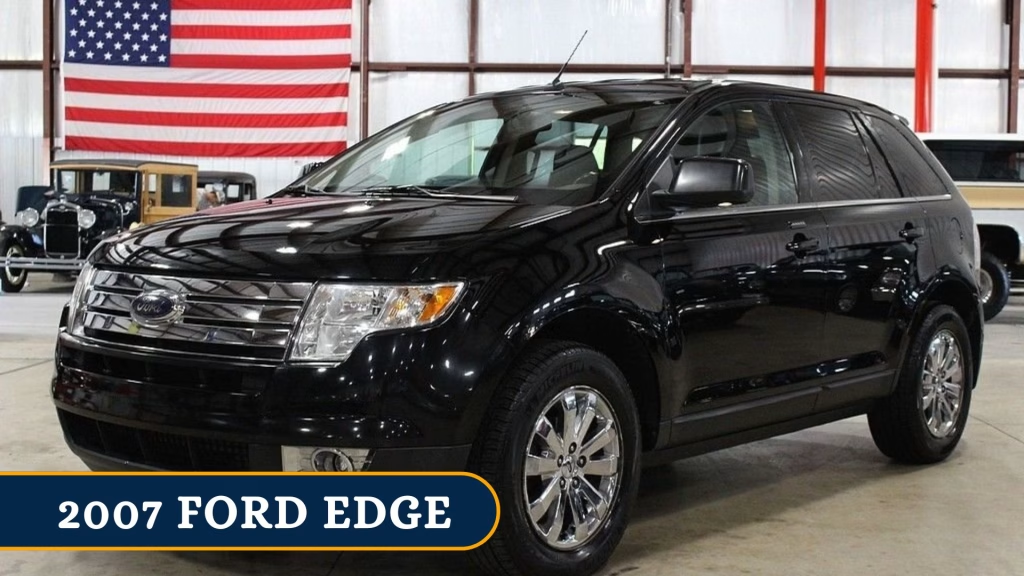
2008 Ford Edge
The 2008 Ford Edge follows closely behind the 2007 model as one of the worst years to purchase. This model suffered from many of the same issues, including transmission slipping and electrical problems. Additionally, some owners reported overheating issues and malfunctioning air conditioning systems, further contributing to its reputation as a problematic year.
2011 Ford Edge
The 2011 Ford Edge also ranks high on the list of Ford Edge years to avoid, largely due to electrical issues and problems with the MyFord Touch infotainment system. Over 400 complaints were filed regarding sudden power loss while driving and continuing transmission issues from earlier models, further marking this model as unreliable for potential buyers.
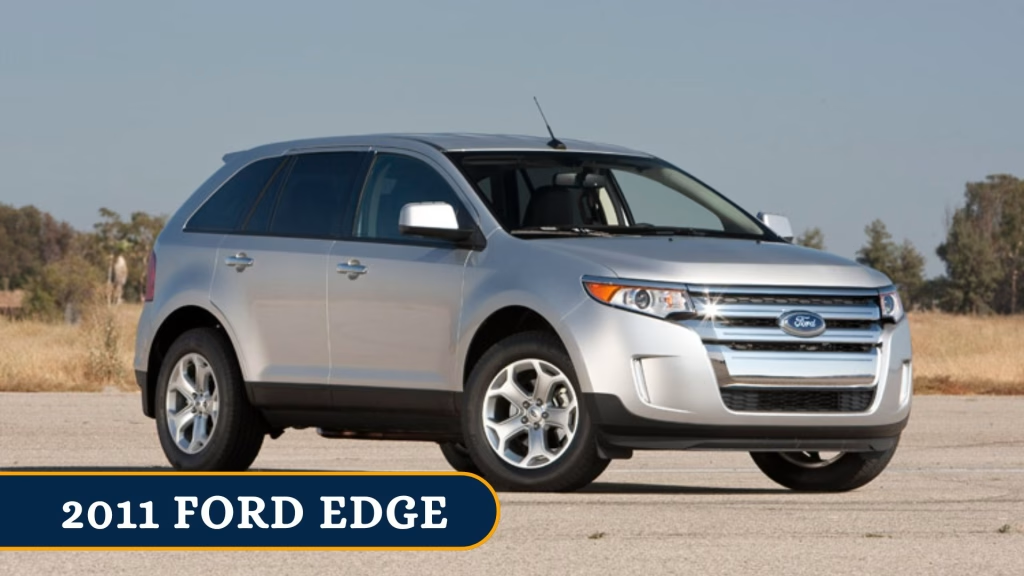
2012 Ford Edge
The 2012 Ford Edge saw approximately 200 complaints, with owners reporting issues similar to the 2011 model, such as slipping gears and the door-ajar sensor malfunctioning, causing the warning light to stay on. Additionally, electrical issues were still prevalent, making this a year to avoid if you are looking for a dependable Ford Edge.
2013 Ford Edge
While the 2013 Ford Edge received some positive feedback, it still had its fair share of problems. Owners reported faulty electrical systems, suspension issues, and rust formation. Moreover, fuel pump failure and coolant leaks were some of the more severe concerns, earning this model a spot on the “years to avoid” list.

2015 Ford Edge
Though the 2015 Ford Edge had improved electronics and a more reliable transmission, it was not free from issues. Most problems reported were related to the engine, such as sudden power loss and engine stalling. While some owners experienced fewer issues, the potential costs of repairs make this year a model to avoid for long-term reliability.
Best Ford Edge Years: Reliable Models Worth Considering
If you’re looking for a reliable and high-performance Ford Edge, there are a few model years that stand out as the best options to buy. These years offer a combination of great design, fewer problems, and strong overall performance. Here are some of the top Ford Edge years to consider:
2018 Ford Edge
The 2018 Ford Edge is a standout option, widely praised for its attractive design and solid reliability. This model experiences minimal issues compared to older models. Some owners have reported torque converter connection failures and alternator cable faults, but these problems are relatively rare. If you’re looking for a stylish and dependable Ford Edge, the 2018 model is a solid choice.
2019 Ford Edge
The 2019 Ford Edge is another excellent option, with only 20 reported complaints, making it one of the most reliable Ford Edge models. This model offers good suspension performance and precise steering features, contributing to its overall smooth driving experience. While some drivers have reported occasional unusual sounds and stalling during driving, these issues are uncommon, making the 2019 model a great pick for those seeking a budget-friendly yet reliable ride.
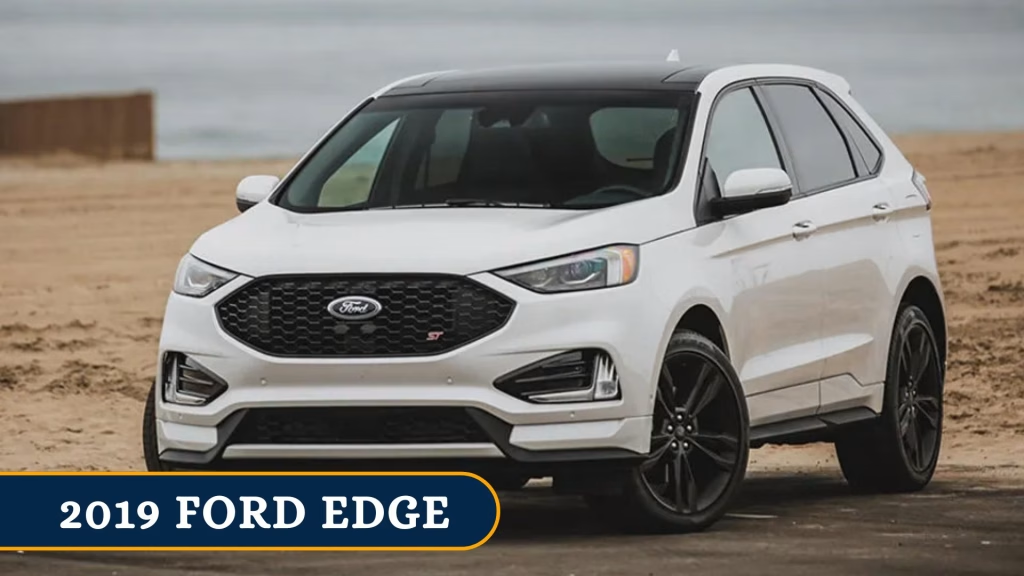
2020 Ford Edge
If you’re in the market for a luxurious yet affordable SUV, the 2020 Ford Edge might be the perfect fit. This model stands out for its modern technology features and sleek design. With only 9 complaints reported, it’s among the most dependable Ford Edge models on the market. The 2020 Edge is well-liked for its comfort and value, providing a great option for those who want luxury without the luxury price tag.
2021 Ford Edge
The 2021 Ford Edge continues to impress with its performance and compatibility for SUV enthusiasts. Known for its advanced safety features and attractive interior design, it’s well-regarded by automotive experts. Models like those listed on CarGurus, TrueCar, and AutoTrader have high ratings for the 2021 Edge. However, some owners have reported minor issues with the camera, airbags, and steering. Still, with a supercharged engine and ample space for five passengers, the 2021 Ford Edge remains a top contender for those seeking a reliable and feature-packed SUV.
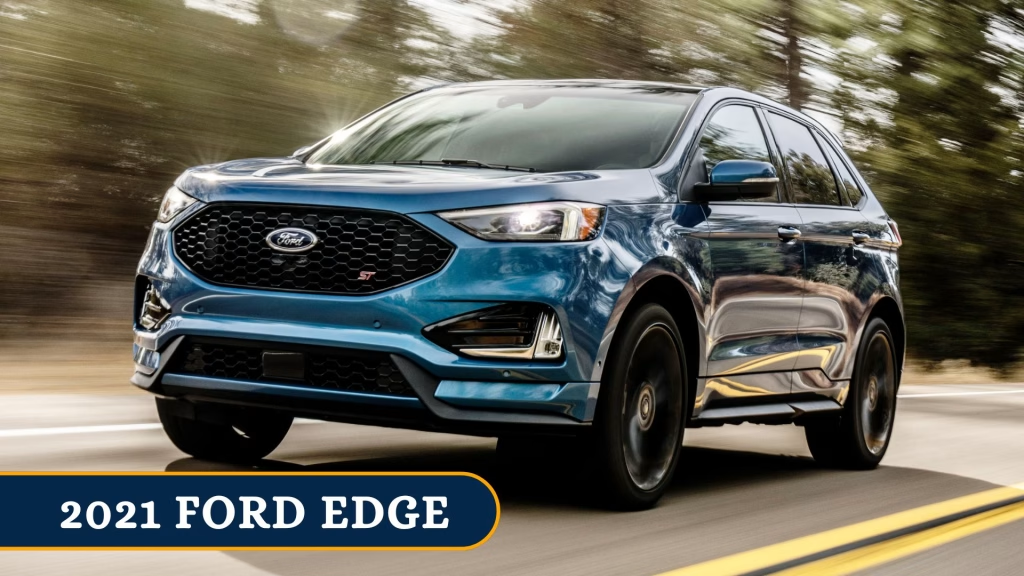
5 Most Frequent Ford Edge Issues and Their Estimated Repair Costs
The Ford Edge is a popular vehicle, but certain model years may experience recurring problems. Below are the most common issues reported by Ford Edge owners, along with estimated repair costs for fixing them:
| Problem | Repair Cost | Description |
| Suspension and Brake Problems | $250 – $300 (for brake pad replacement) | The 2009, 2010, and 2012 Ford Edge models often experience issues with their brakes and suspension systems. Common complaints include soft brake pedals, worn ball joints, suspension clunking noises, and alignment problems in the front-end. |
| Electrical System Problems | $1,000 – $3,200 (depending on the severity and parts required) | Electrical problems are common, including issues such as the key FOB not working, battery failure, a door-ajar warning light remaining on, and power loss while driving. Additionally, there are often problems with faulty air conditioners, window regulators, and door locks. |
| Transmission Issues | $4,000 (for full transmission repairs) | The Ford Edge, particularly the 2007 and 2008 models, often faces transmission problems. Symptoms include the vehicle jerking or slipping when changing gears, loss of acceleration, PTU failure, or complete transmission failure. |
| Interior Accessory Malfunctions | Varies (cost depends on the specific problem and parts replacement) | Ford Edge owners report issues with interior accessories, such as malfunctioning power windows, faulty air conditioning, broken interior lighting, seat adjuster failure, worn upholstery, and defective door locks or steering wheel controls. |
| Engine Issues | $4,000 – $7,000 (for engine replacement), $350 – $1,700 (for engine repairs and maintenance) | Models such as those from 2010, 2015, 2017, 2018, and 2019 are prone to engine problems, including stalling, misfires, water pump failure, coolant leaks, and turbocharger malfunctions. |
What are the Common Problems with the Ford Edge?
While the Ford Edge is generally reliable, certain models have experienced common issues that potential buyers should be aware of:
1. Fuel Tank Rusting (2009-2010 Models)
The 2009-2010 Ford Edge models were affected by fuel tank rust that could lead to leaks around the tank seam weld. Ford issued a recall, offering free replacements for affected vehicles.
2. Clicking Noise from the Wheel Area (2007-2014 Models)
Owners of 2007-2014 Ford Edge models have experienced clicking noises near the wheels, typically around the 75,000-mile mark. Despite technicians not identifying any clear cause, it’s suspected that replacing the plastic padding between the wheels could resolve this issue.
3. Brake Booster Issues (2007-2015 Models)
A prevalent issue in 2007-2015 Ford Edge models is a faulty brake booster. A tear in the diaphragm can lead to a hissing sound when the brake pedal is pressed, affecting braking performance. If left unaddressed, this issue can compromise safety.
4. Air Conditioning Problems (2011 Models)
The 2011 Ford Edge had recurring issues with its air conditioning system, particularly after about 120,000 miles. The system would blow hot air instead of cold. Replacing the cooling fan and timing belt could fix the problem, but repair costs can be quite high, reaching up to $1,700.
5. Door Ajar Light (2011-2013 Models)
The 2011-2013 Ford Edge models have been known to experience an issue where the door ajar light stays on, even when the doors are securely closed. This problem, caused by a faulty door latch switch, can drain the vehicle’s battery or cause the doors to unlock unexpectedly.
6. Airbag Malfunctions (2016-2017 Models)
The 2016-2017 Ford Edge models had issues with faulty airbags, which led to a recall. The airbags either failed to inflate properly or detached entirely. This poses a significant safety concern, leaving occupants at risk in the event of an accident.
7. Transmission Problems
Several Ford Edge models have faced issues with the transmission, including complete failure while driving. Drivers have reported hearing clunking sounds and seeing error lights related to transmission problems. These issues often lead to expensive repairs.
User Experiences with Ford Edge Longevity
Through my research, I found a user with a 2024 Ford Edge SEL AWD who hopes for good reliability, especially after dealing with coolant problems in their previous 2019 Escape. In the comments, multiple Edge owners with high-mileage vehicles (2008–2016 models) shared positive experiences, reporting minimal issues when performing regular maintenance.
Some EcoBoost models (2019–2024) mentioned small problems like battery drain or part replacements, but overall, most owners are satisfied with the Edge’s durability, indicating that it can be a reliable choice with proper care.
FAQs
Q. What are the Best and Worst Years for Ford Edge?
The best years for the Ford Edge are 2018–2021, offering reliability and advanced features. The worst years include 2007, 2008, 2011, and 2012 due to recurring mechanical problems.
Q. What are the Most Reliable Ford Edge Years?
The 2018, 2019, and 2020 Ford Edge models are considered the most reliable, and praised for their durability and low repair needs.
Q. What do users say about Ford Edge Years to Avoid on forums?
Users on forums often mention that the 2007 and 2008 Ford Edge models have transmission issues. They recommend 2018 and newer models for better performance and fewer problems.
Q. How does Ford Edge reliability differ by year?
Reliability varies significantly, with earlier models (2007–2015) experiencing more frequent issues, while newer models (2018 and beyond) are known for their dependability and modern features.
